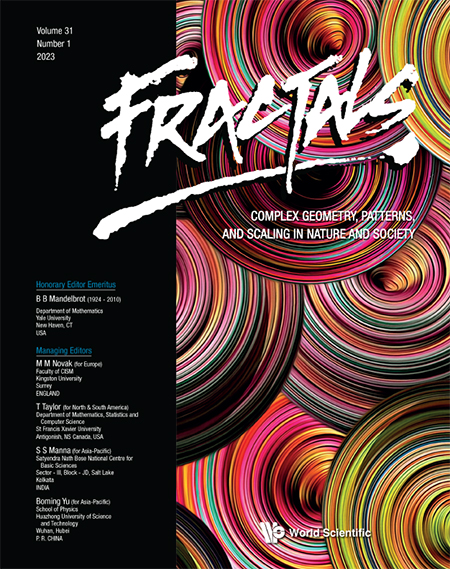ASSESSMENT OF SECTOR BOND, EQUITY INDICES AND GREEN BOND INDEX USING INFORMATION THEORY QUANTIFIERS AND CLUSTERS TECHNIQUES
Abstract
Green bonds are financial assets similar to classic debt securities used to finance sustainable investments. Given this, they are a long-term investment alternative that effectively contributes to the planet’s future by preserving the environment and encouraging sustainable development. This research encompasses a rich dataset of equity and bond sectors, general indices, and the S&P Green Bond Index. We estimate the permutation entropy , an appropriate statistical complexity measure , and Fisher Information measure . Therefore, we employ these complexity measures to construct two 2D maps, the complexity-entropy causality plane ( ×) and the Shannon–Fisher causality plane ( ×). Also, we use the information theory quantifiers to rank these indices’ efficiency analogous to the complexity hierarchy. From a mathematical point of view, the complexity-entropy causality plane (CECP) is a map that considers the global analysis, while the SFCP is a map that simultaneously feels the global and local analysis. Our findings reveal that both 2D maps indicated the most efficient (b_info_tech) and least efficient (b_energy) assets. There are peculiarities in the ranking performed considering the information theory quantifiers used to build each map due to the mathematical distinction that underlies the construction of each map. Moreover, we applied two clustering approaches (-means and Hierarchical cluster) that categorically converged in the indication of four distinct groups, which allowed us to verify that, in an overview, equities present a unique dynamic when compared to bonds and the Green bond index.


